Cognac House Hine Changes Hands
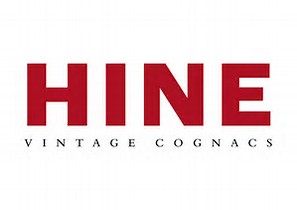 The famous cognac house of Hine has had a colourful past. After 6 generations of family ownership, the company was sold to the Distillers Company. Later it was bought by Möet Hennessy and then CL World Brands. Probably not the future that British-born founder Thomas Hine had intended. Although Bernard Hine has, since 1963, continued to be involved, the company missed the benefits family ownership brings. Its recent sale to French family firm, EDV SAS, has therefore been welcomed with open arms. Returning to family values with recognition of the longevity of the production process, Hine has been able to rediscover its origins. New releases of ‘early-landed’, being developed for travel retail, and single estate vintage cognac demonstrate where it’s heading. This, coupled with its fresh, youthful new packaging, H by Hine, illustrates the company’s desire to progress yet retain its core values, something many cognac houses have lost.
The famous cognac house of Hine has had a colourful past. After 6 generations of family ownership, the company was sold to the Distillers Company. Later it was bought by Möet Hennessy and then CL World Brands. Probably not the future that British-born founder Thomas Hine had intended. Although Bernard Hine has, since 1963, continued to be involved, the company missed the benefits family ownership brings. Its recent sale to French family firm, EDV SAS, has therefore been welcomed with open arms. Returning to family values with recognition of the longevity of the production process, Hine has been able to rediscover its origins. New releases of ‘early-landed’, being developed for travel retail, and single estate vintage cognac demonstrate where it’s heading. This, coupled with its fresh, youthful new packaging, H by Hine, illustrates the company’s desire to progress yet retain its core values, something many cognac houses have lost.
Hine is not the only cognac house to have changed hands recently though. Ivory Coast footballer, Olivier Tebily, bought his first vineyards as a teenager. Acutely aware of the fragility of his chosen profession he planned to one day produce cognac. Buying vineyards as an outsider is a tricky business but he took his search seriously and made good friends along the way. One of them, the son of his neighbour, tragically died leaving no heir to the family estate so when the father wanted to sell his 22 acres, Olivier was the obvious choice. Good to see an injection of fresh blood occasionally!

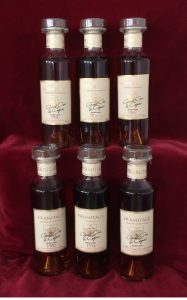 We have just extended our range of
We have just extended our range of 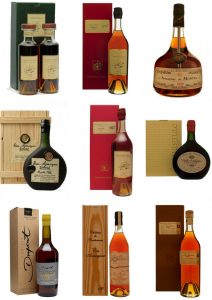 We specialise in supplying vintage brandies for special occasions.
We specialise in supplying vintage brandies for special occasions. 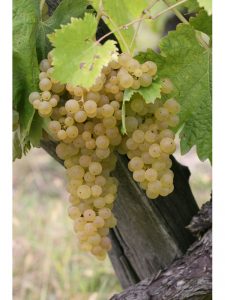 For the last three centuries
For the last three centuries 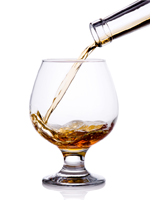 There is no other spirit in the world that can compare with the sophistication, complexity and length of time it takes to produce a bottle of
There is no other spirit in the world that can compare with the sophistication, complexity and length of time it takes to produce a bottle of 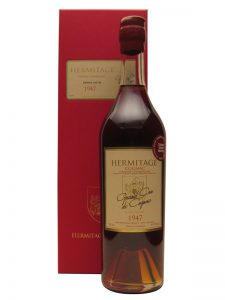 We are delighted to announce the addition of yet another
We are delighted to announce the addition of yet another 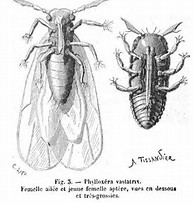 It has been reported that the vine pest, Phylloxera Vastatrix, now known as Grape Phylloxera, is increasing its foothold in Australia. It has now been found in Victoria and New South Wales and the area infested is growing. The deadly aphid has a complex life cycle, reproducing at an alarming rate and attacking the roots of the vines. In the late nineteenth century, the Phylloxera decimated most of the vines (including
It has been reported that the vine pest, Phylloxera Vastatrix, now known as Grape Phylloxera, is increasing its foothold in Australia. It has now been found in Victoria and New South Wales and the area infested is growing. The deadly aphid has a complex life cycle, reproducing at an alarming rate and attacking the roots of the vines. In the late nineteenth century, the Phylloxera decimated most of the vines (including 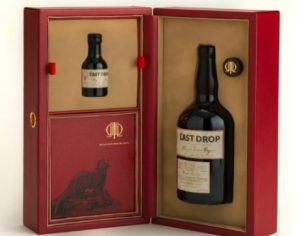 The Last Drop Distillers, recently bought by Sazerac, has released a limited run of a 1947 Hors d’Age Cognac. Distilled just after the end of World War II, just 186 bottles are in existence. Each bottle has been filled by hand, wax sealed and presented in a red leather case along with a 50ml miniature. The bottling also includes a certificate of authenticity, a leather-bound tasting booklet and a custom-made stopper. It is an attractive presentation but before you feel compelled to part with £3,200 for one, check out the competition first.
The Last Drop Distillers, recently bought by Sazerac, has released a limited run of a 1947 Hors d’Age Cognac. Distilled just after the end of World War II, just 186 bottles are in existence. Each bottle has been filled by hand, wax sealed and presented in a red leather case along with a 50ml miniature. The bottling also includes a certificate of authenticity, a leather-bound tasting booklet and a custom-made stopper. It is an attractive presentation but before you feel compelled to part with £3,200 for one, check out the competition first. 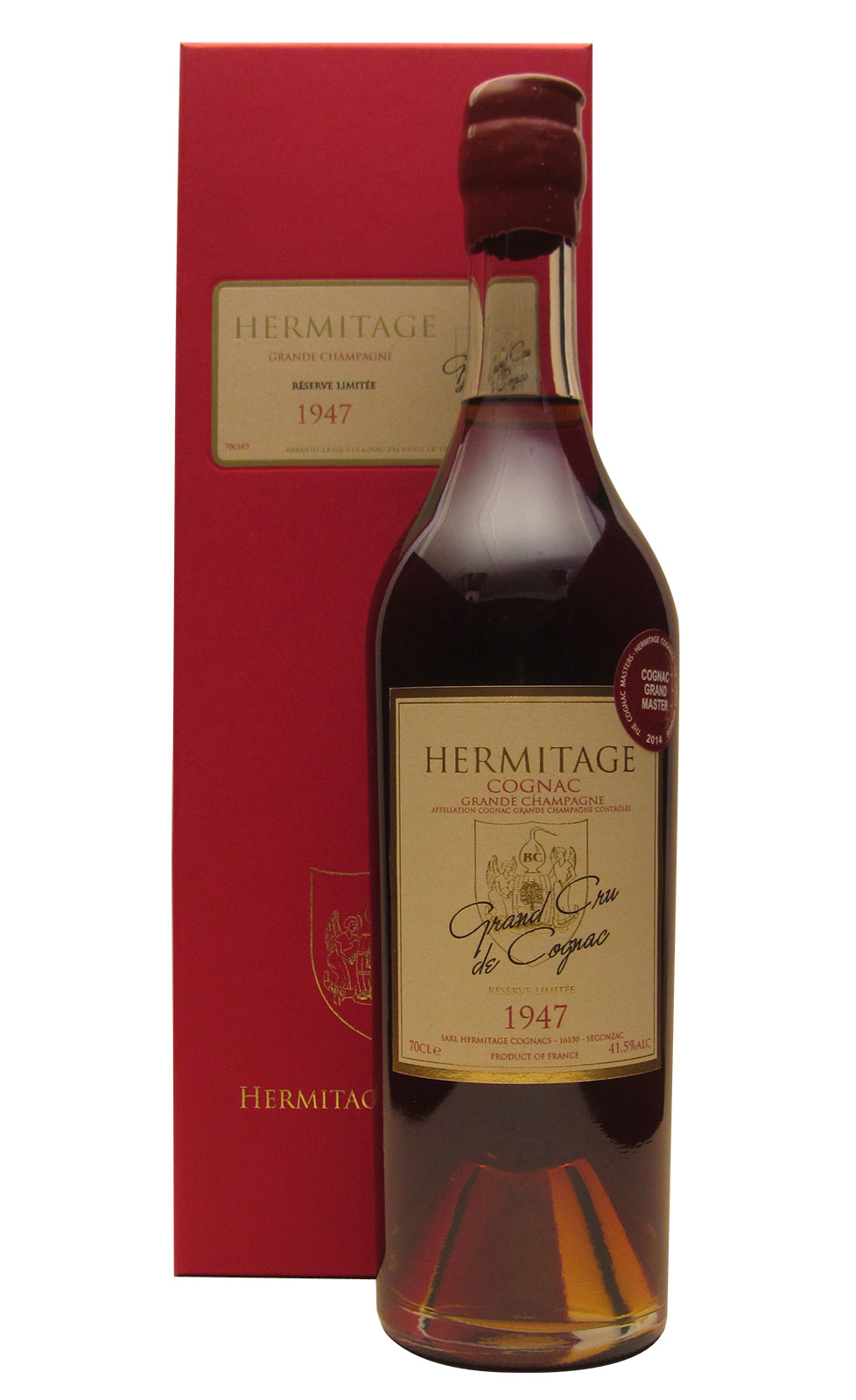
 Since Great Britain voted to leave the EU, about a year ago, the Wine and Spirit Trade Association (WSTA) has had much to say about it. They are concerned that if frictionless borders are not put in place, laborious customs checks will severely delay the importation of wine and
Since Great Britain voted to leave the EU, about a year ago, the Wine and Spirit Trade Association (WSTA) has had much to say about it. They are concerned that if frictionless borders are not put in place, laborious customs checks will severely delay the importation of wine and 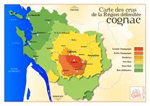 Much of the news from the Charente recently has been about the severe frosts that occurred at the end of April. The air temperature dropped to between -3 and -4°C on two consecutive mornings, affecting around 70% of the vineyards in the cognac growing region. The frost, which was the worst since 1991, damaged the young shoots emerging from the vines and is thought to have affected 40% of total production. A BNIC spokesman said that in a few cases this year’s grape harvest has been completely wiped out and some growers may find it difficult to recover. To help raise the production level of this depleted grape availability, the BNIC have allowed production levels to rise from 10hl to 12hl of pure spirit per hectare. However, some growers, who concentrate on the high quality of their vines, believe this is far more than their vines can produce. We shall wait and see but one consequence could be an increase in
Much of the news from the Charente recently has been about the severe frosts that occurred at the end of April. The air temperature dropped to between -3 and -4°C on two consecutive mornings, affecting around 70% of the vineyards in the cognac growing region. The frost, which was the worst since 1991, damaged the young shoots emerging from the vines and is thought to have affected 40% of total production. A BNIC spokesman said that in a few cases this year’s grape harvest has been completely wiped out and some growers may find it difficult to recover. To help raise the production level of this depleted grape availability, the BNIC have allowed production levels to rise from 10hl to 12hl of pure spirit per hectare. However, some growers, who concentrate on the high quality of their vines, believe this is far more than their vines can produce. We shall wait and see but one consequence could be an increase in 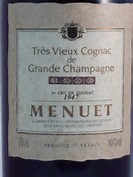 Chinese customs officials have recently uncovered more than US$29m of smuggled spirits and here is the story behind the news ….. More than twenty years ago, in our quest to find top quality Grande Champagne cognacs, we stumbled upon a cognac house called Menuet. You may have seen their cognacs on our web site, the
Chinese customs officials have recently uncovered more than US$29m of smuggled spirits and here is the story behind the news ….. More than twenty years ago, in our quest to find top quality Grande Champagne cognacs, we stumbled upon a cognac house called Menuet. You may have seen their cognacs on our web site, the